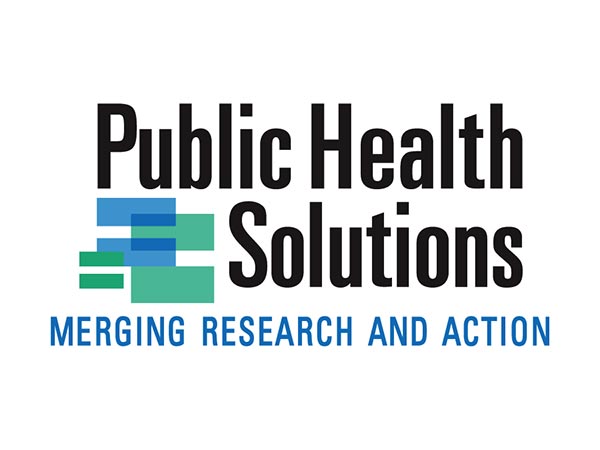
Public Health Solutions (formerly MHRA)
- Analysis of the present situation and strategic position of MHRA, with particular attention to the changing nature of its relationship to various partners, including the New York City Department of Health and Mental Hygiene.
- Development of a longer-term vision and a strong set of strategic objectives and goals to achieve that vision.
Background
Founded in 1957 as the Medical Health and Research Association (MHRA) by the New York City Department of Health, Public Health Solutions (as it is now known) has grown into a significant independent nonprofit organization dedicated to assisting government and other nonprofit organizations to meet pressing public health needs intelligently, effectively, and efficiently, and to improving the health of New Yorkers. Public Health Solutions has three core areas of work: direct services (programs it delivers directly to improve health and/or social welfare); organizational services (services to assist other organizations and programs, such as grants management, capacity building, and provision of administrative services); and research and evaluation (studies in public health, clinical practice, and service delivery).
Challenge
In the fall of 2004, AKA was asked by the President and CEO of MHRA to help it understand its best possibilities for strategic growth, with particular attention to diversification of programming and funding. The project also included a focus on branding, outreach, visibility, and name recognition and an increase in board involvement in furthering the mission of the agency and fund raising in support of its programs and activities.
AKA's Approach
AKA worked closely with the president/CEO, the board, and the senior staff on all aspects of the assignment. A 16-member strategic planning committee was established to oversee the planning process and was co-chaired by two board members.
We first undertook a review of materials provided by MHRA Solutions and conducted more than 65 interviews with board members, staff, and external individuals who are supporters, leaders of agencies that receive grants/contracts and technical assistance, and knowledgeable actors in the field of public health. The interviews helped to identify the strengths of the organization as well as the challenges it was facing. With active participation from committee members we also developed an external scan to examine the major issues foreseeable in the public health environment in order to determine opportunities and threats.
Outcomes
On the basis of this analytic work, we then developed a series of working hypotheses for the Strategic Planning Committee (SPC) to discuss, refute and modify. These discussions led to the development of the first draft of the strategic plan. In a number of subsequent SPC meetings, the committee discussed and refined a series of draft plans. A well-attended board staff full-day retreat resulted in the creation of a final document that redefined the mission, vision, and values of MHRA; it included recommendations about programs, governance, funding, visibility, impact, and promoting better public understanding of the organization.
This articulation of the organization’s mission, vision, and values, accompanied by clear strategic goals and objectives, was central to moving MHRA to a new stage of accomplishment and influence. The subsequent development of a strategic communications plan, including the decision to change the name of the organization to Public Health Solutions, reflected the recognition during the planning process that the agency needed to direct its attention to more clearly articulating its priorities and core competencies for policy makers, funders, and the public.

